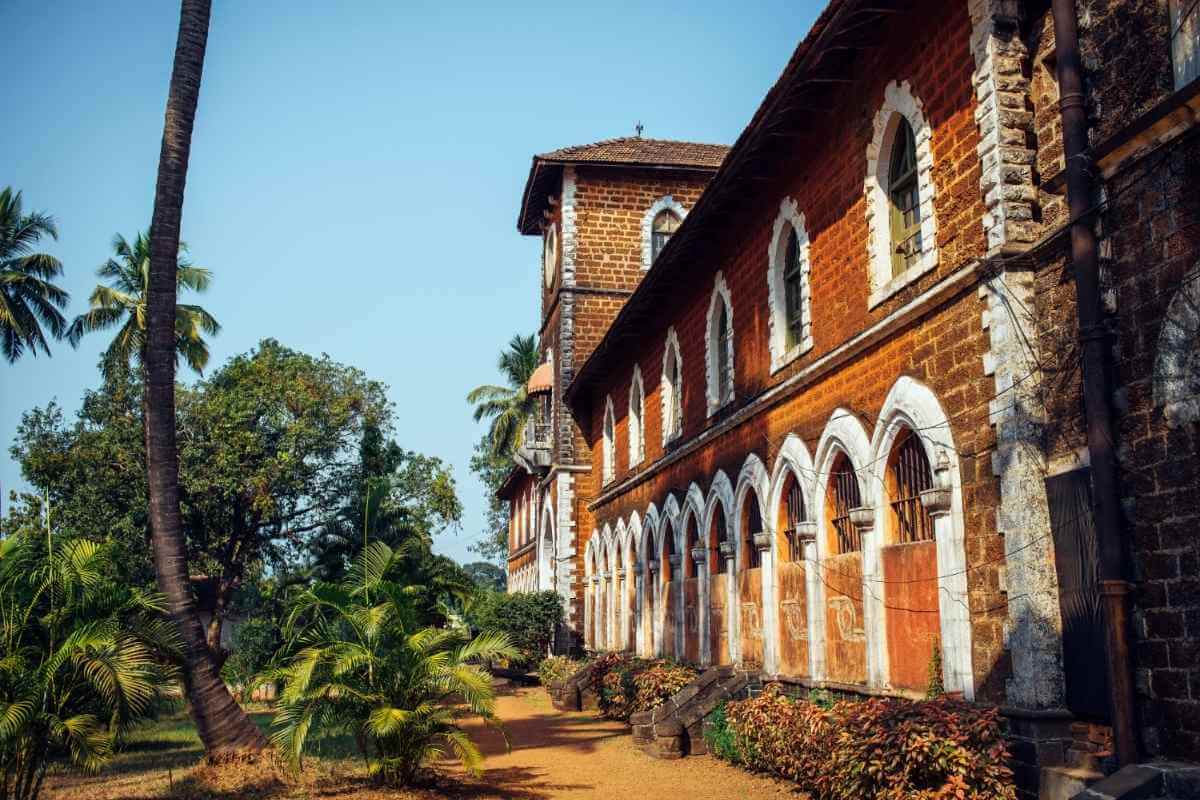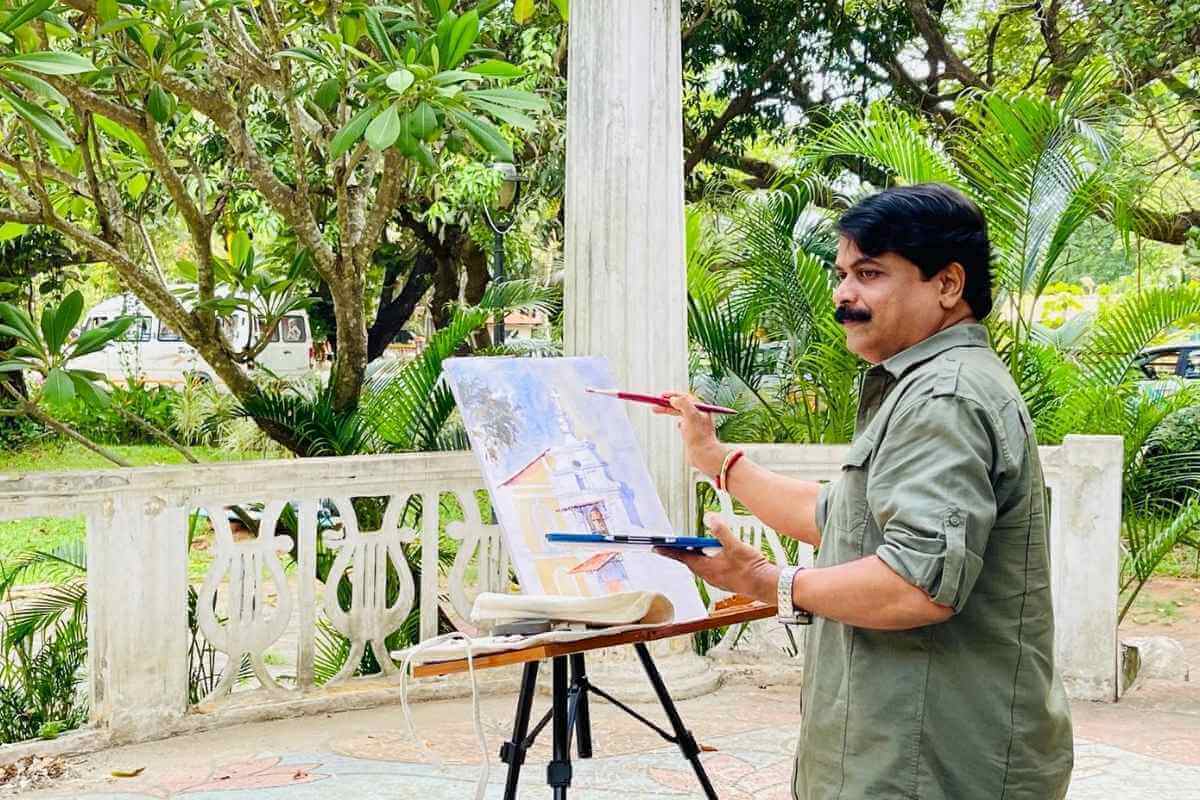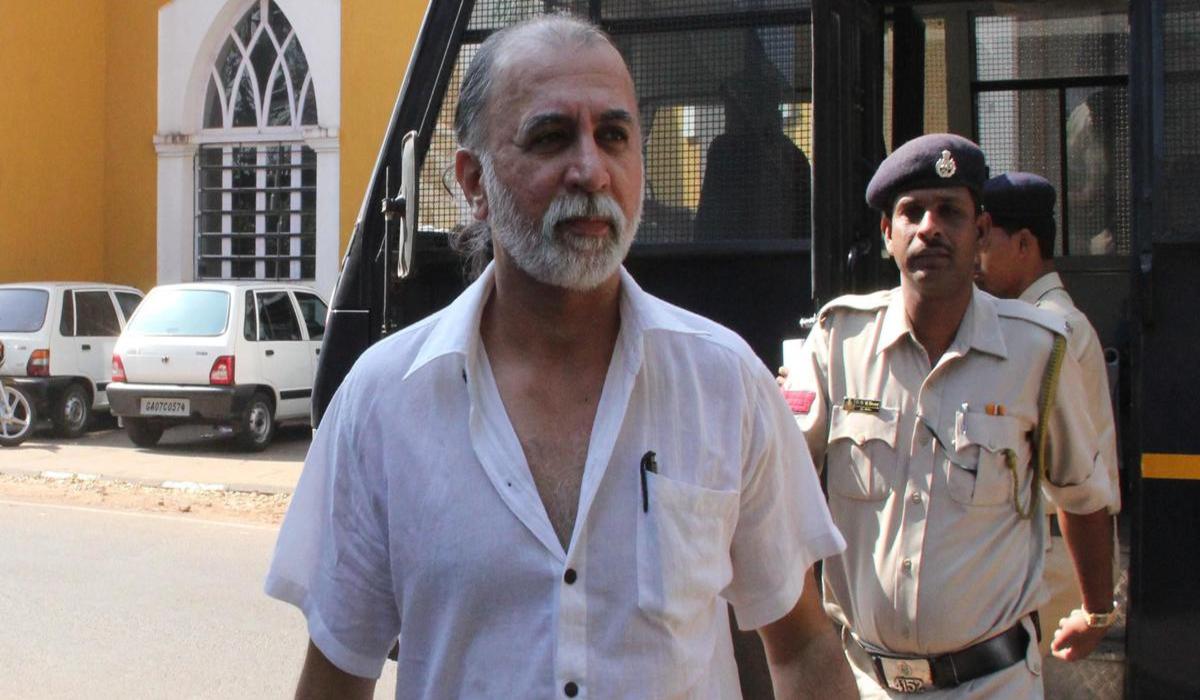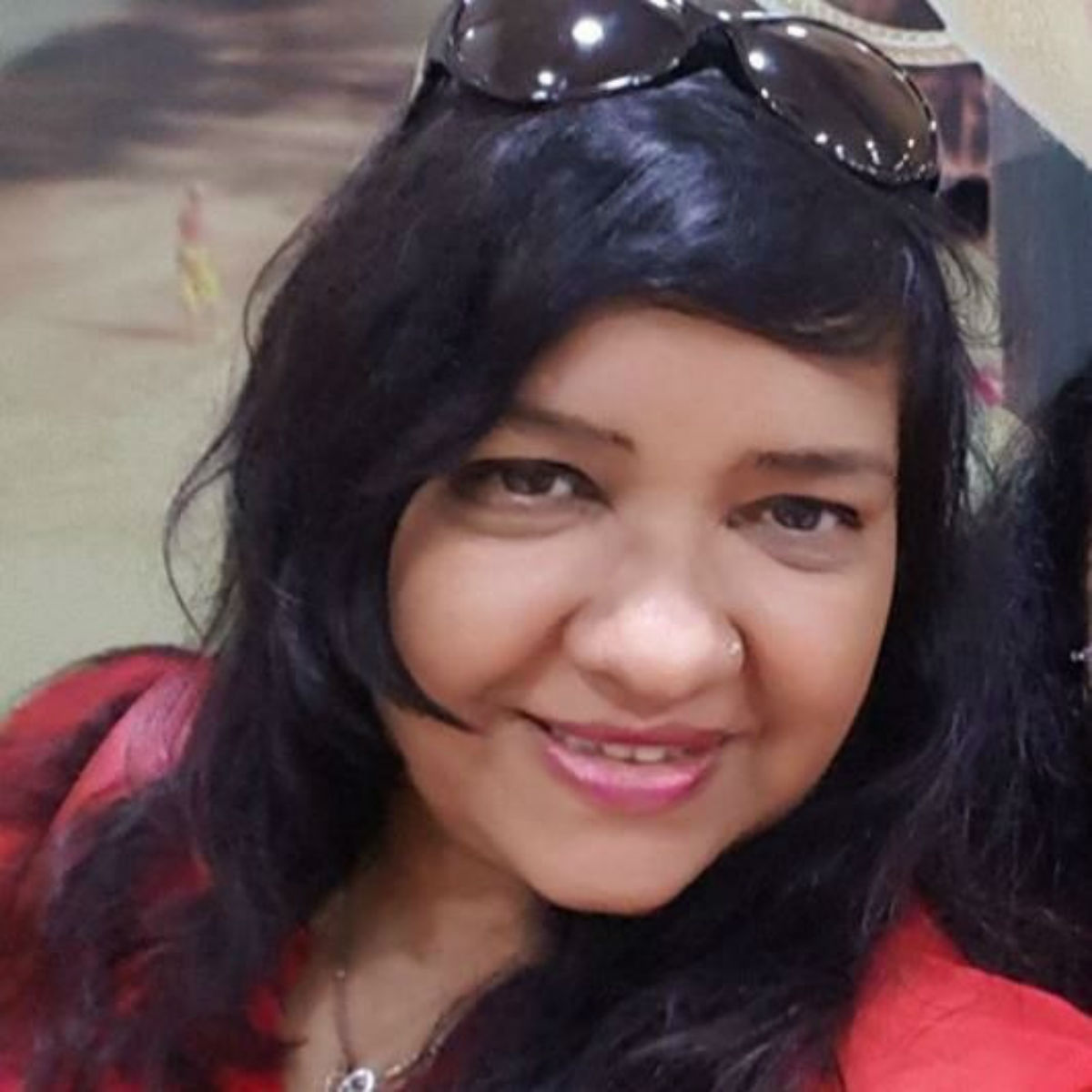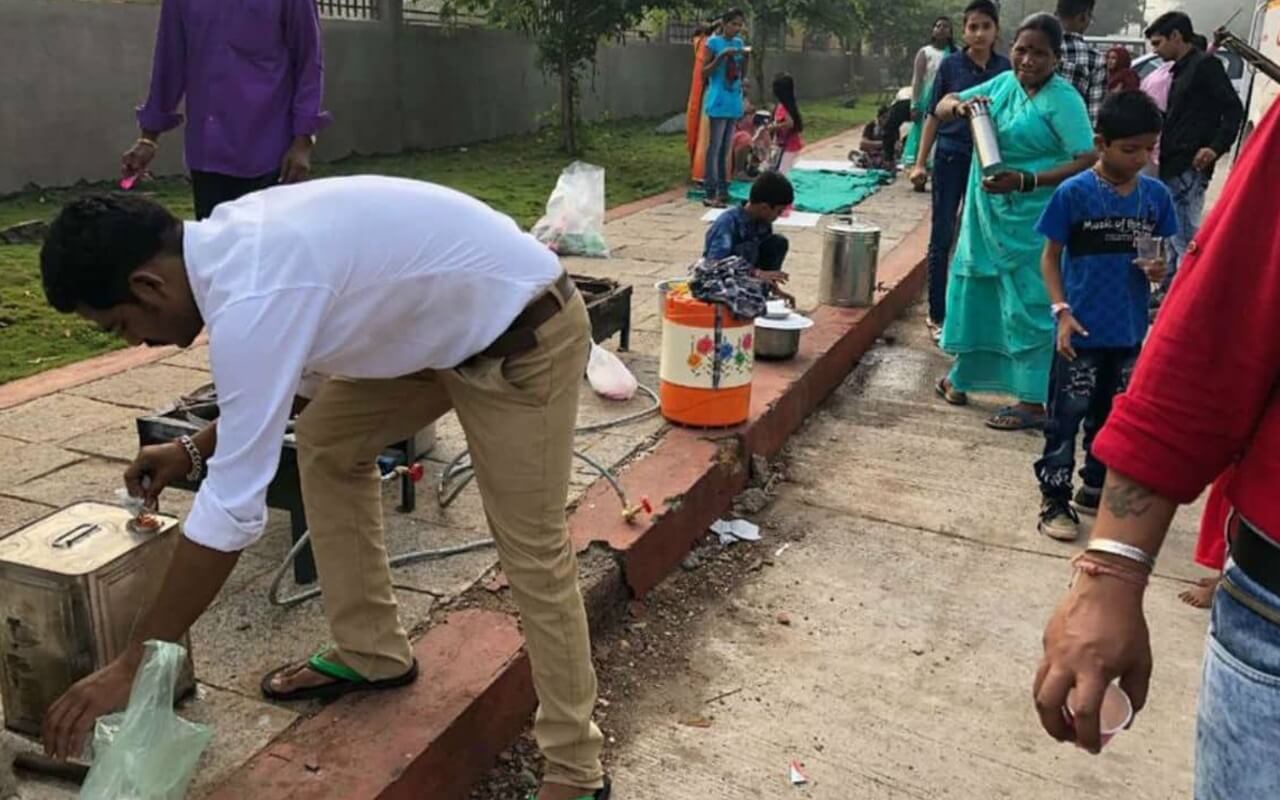A place such as Goa, who would think it is more than a hot tourist destination? But beneath this glamorous façade lies a treasure trove of history, culture and a delicious cuisine. Goa is not just about the sun, beaches, sand and parties. It is about the food, and our culture, that we celebrate so graciously and heartily. People who may or may not be aware that Goan food, is extremely different from the food from other regions, and this can be attributed to it’s rich and diverse cultural heritage, hence it has it’s own personality and is really addictive.
Goan food has many similarities with Portuguese food and this is mainly because of Portuguese inhabitants who lived here for almost 450 years. Goans didn’t take after their prominent use of garlic in every dish. So, for this Chavithi (Ganesh Chaturthi) we want to give you an insight to the food we prepare for Chavath. Of course, it is just glimpses of it. There’s so much to see and experience.

As you might or might not know the God of wisdom ‘Ganesha’, is an avid foodie himself hence, we are always blessed to have him home, he brings in joy and an endless number of dishes prepared for him, and the people. The Ganesh festival also known as Vinayaka Chaturthi, which is in the month of Bhatrapat, in the Hindu calendar (Aug end or sept start).
Chaturthi that is celebrated on only odd days. Right from the pre preparation of Matholi, to the days of Chaturthi. The house always emits vibrant energy; a mix of happiness and compassion. With this kind of environment in the house, accompanied by true Goan food.
Everyday during the festival, a Thali full of home-made delicacies, is first offered to Lord Ganesh called as Naivedya Or Bhog which is pure veg that means in the absence of onions, garlic, ginger and is then served to people as Prasad.
The thali keeps rotating each day, a new pakwan served with rice as a constant food, with either varan or dal. All the pakwans that are made that day are made strictly without garlic or onions. It is always a new surprise for the men, children and guests. They are hardly ever aware of what sorcery takes place in the kitchen. As the shubh (perfect and blessed time) is at 15:44 to 17:17, the bhog is presented to our dear Ganesh, as we pray and sing from our heart’s, the food is awaiting for us to just dive in.

In the initial two days, the food prepared is usually heavy; lady finger, pumpkin, breadfruit, Channa Ros, and bitter gourd which is said to be one of Ganesha’s favourites. The dishes are kept simple, with Ghosale chi Bhaji (nest greens), Tambdi bhaji(red Amaranth Vegetable) and serves as a balance Bridge between the other four heavy food days
Each day the thali is different from the previous one and is always a delightful experience to have it, with a never ending variation and a touch of love, these home-made and well balanced dishes are healthy and appetizing. Another unique aspect about the dishes is that it is prepared sans onions and garlic. The prominent masalas used in the food is garam masala, turmeric, cardamom, cloves, and the mixture is usually prepared at home to avoid adulteration of any kind.. Some houses also get ‘Devi Gauri’ to their homes usually, during the 5th, 6th or 7th day of the festival. The specialty in the food is the ‘Bhaji Bhakri ‘ which includes five different kinds of leafy vegetables prepared together and is served with bhakri i.e. the roti which is also prepared using five different kinds of flours of pulses together. Overall, the season of Chaturthi is a time for celebration and unity and also one that satiates the stomach. Other households have the Devi before Chaturthi and is called as ‘ Tai’ where the food is prepared without the use of salt.
Day 4 & 5 the last two days of the vibrant festival serves more vegetables like Aluchi Bhaji (colocasia leaves, taro), mung chi Bhaji ( sprouts ) remaining the Curry’s keeps rotating. Like always the best is always kept for the end but in case of Thali here I prefer it to have before starting with the Thali. The desserts for Chaturthi are endless. Vermicelli kheer , Payasam (rice with sweet milk, Patoli, Mangane (Channa Dal ,split gram porridge), Sakhar Bhaat (basmati rice Cooked with ghee, sugar and garnished with cashew nuts or almonds ) , Sojji (made of rava , milk, sugar and cashew nuts). 
The dishes, and more importantly the flavours in the food, during Ganesh, cannot be found elsewhere. There are various options to choose from, well balanced, home made, healthy and tasty, all at the same time . The food is prepared without the use of onions and garlic. A tidbit about this would be that by the end of Ganesh, our entire system gets cleansed, due to the prominent masalas used in the food such as garam masala, turmeric, cardamom, cloves, the masalas are homemade to avoid any kind of mixtures.
Thanks to bappa, our sweet tooth is blessed with delicious Modaks, Nevari’s, panchakajjaya also known as ‘ Panchakat ‘ made with coconut, jaggery, cardamom and almonds, cashew nuts. A famous sweet dish from Goa, this recipe is also used as stuffing in Neveri’s, Modaks or even as Prasad itself.
TEXT: SIDDHI NARVEKAR
PHOTOS: SHELDON RODRIGUES


